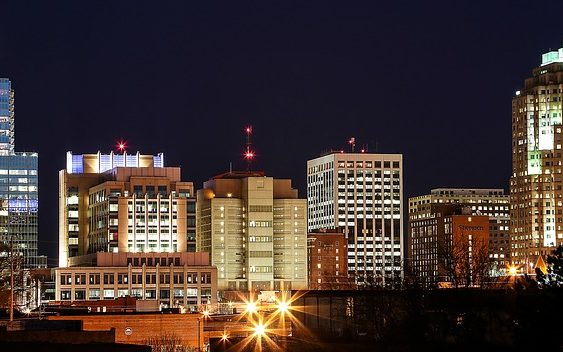- Eric Tulsky comfortable, confident and going for the Stanley Cup in 2nd year as Hurricanes GM
- 5 homes collapse into the surf of the Outer Banks as hurricanes rumble in Atlantic
- As hurricanes pass offshore, more Buxton homes collapse into the sea
- Central Texas floods reveal need to shore up disaster response in unincorporated areas
- Latest: Tropical Storm Imelda will pull away from East Coast, expected to become a hurricane
Louisiana and Texas Face Flooding, With More Rain Expected Across the South

Heavy downpours over parts of Louisiana and Texas this week have caused significant flooding, meteorologists and officials said, and more rain is forecast to soak the region through the end of the week.
As of Thursday morning, Brenham, Texas, between Austin and Houston, had received more than 12 inches of rain, according to the National Weather Service. Other Texas cities had recorded rainfall totals of 4 to 11 inches.
Conditions were so bad Wednesday in San Jacinto County, north of Houston, that a local judge issued a disaster declaration and officials announced a voluntary evacuation of Camilla Twin Harbor and Cedar Valley because of rising water from a nearby river.
Parts of Louisiana were also battered this week with heavy rain, including Baton Rouge and New Orleans, which each received more than 2 inches of rain Wednesday.
Other areas of Louisiana saw even heavier rain, including Simmesport, a city about 60 miles northwest of Baton Rouge, where more than 8 inches of rain fell from Monday morning through Thursday morning, according to the weather service. Flash flooding was also reported in other cities, including Garyville and Mandeville.
While residents across the region attempt to dry out, they will be met with more rain and possible flooding in the coming days.
As of Thursday afternoon, nearly 26 million people from Louisiana to West Virginia were under a flood watch.
There was also slight risk of excessive rainfall Thursday from the central Gulf Coast through the southern Appalachians, according to the weather service’s Weather Prediction Center.
Rainfall totals for Thursday will be modest compared with previous days, forecasters said, with localized amounts up to 2 inches. However, after much of the region received upward of 6 inches or more over the last 36 hours, any additional rain may cause scattered instances of flash flooding.
Into the southern Appalachians, the rainfall Thursday may reach up to 3 inches but likely will not cause significant problems because the region has been relatively dry in recent days.
This article originally appeared in The New York Times.